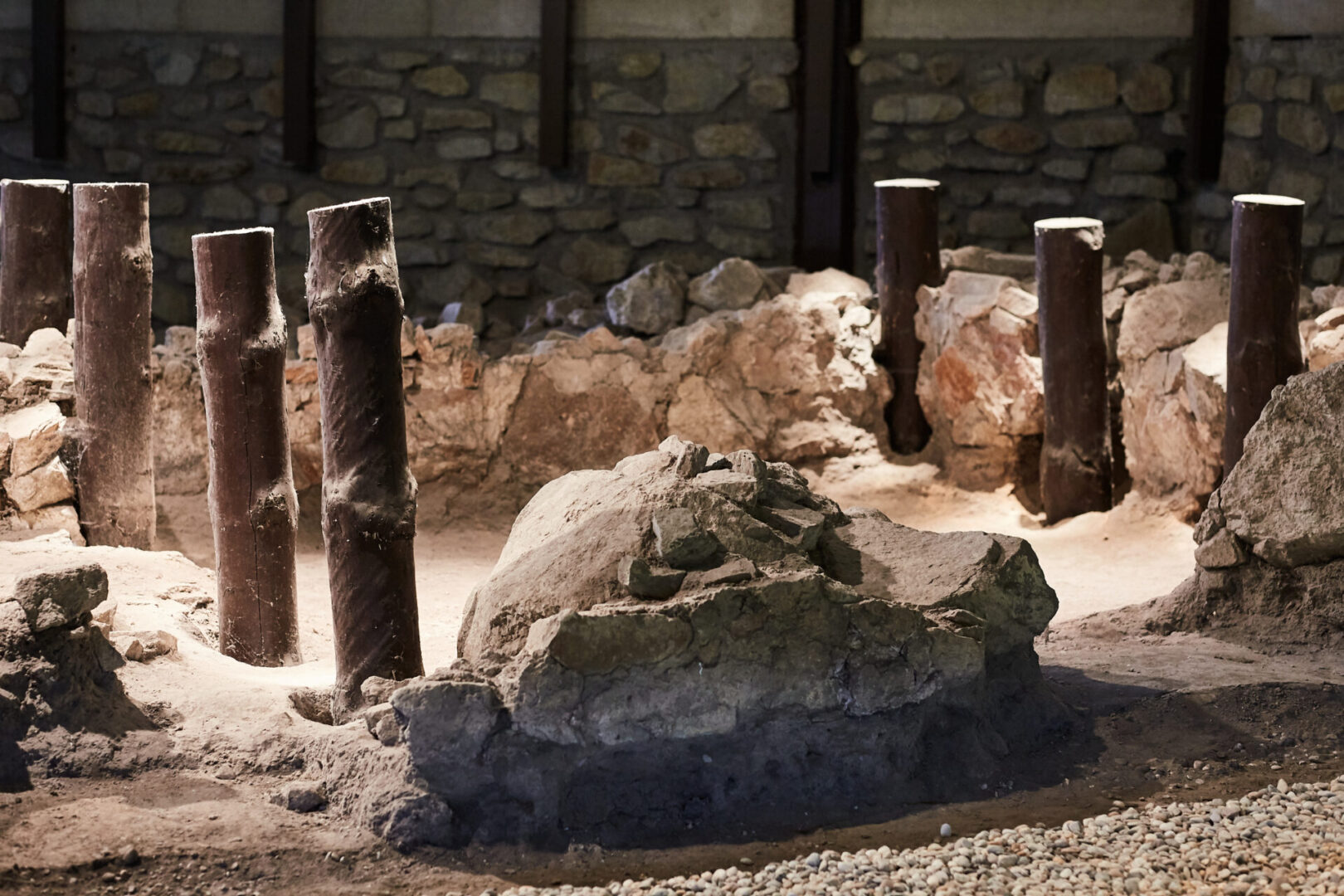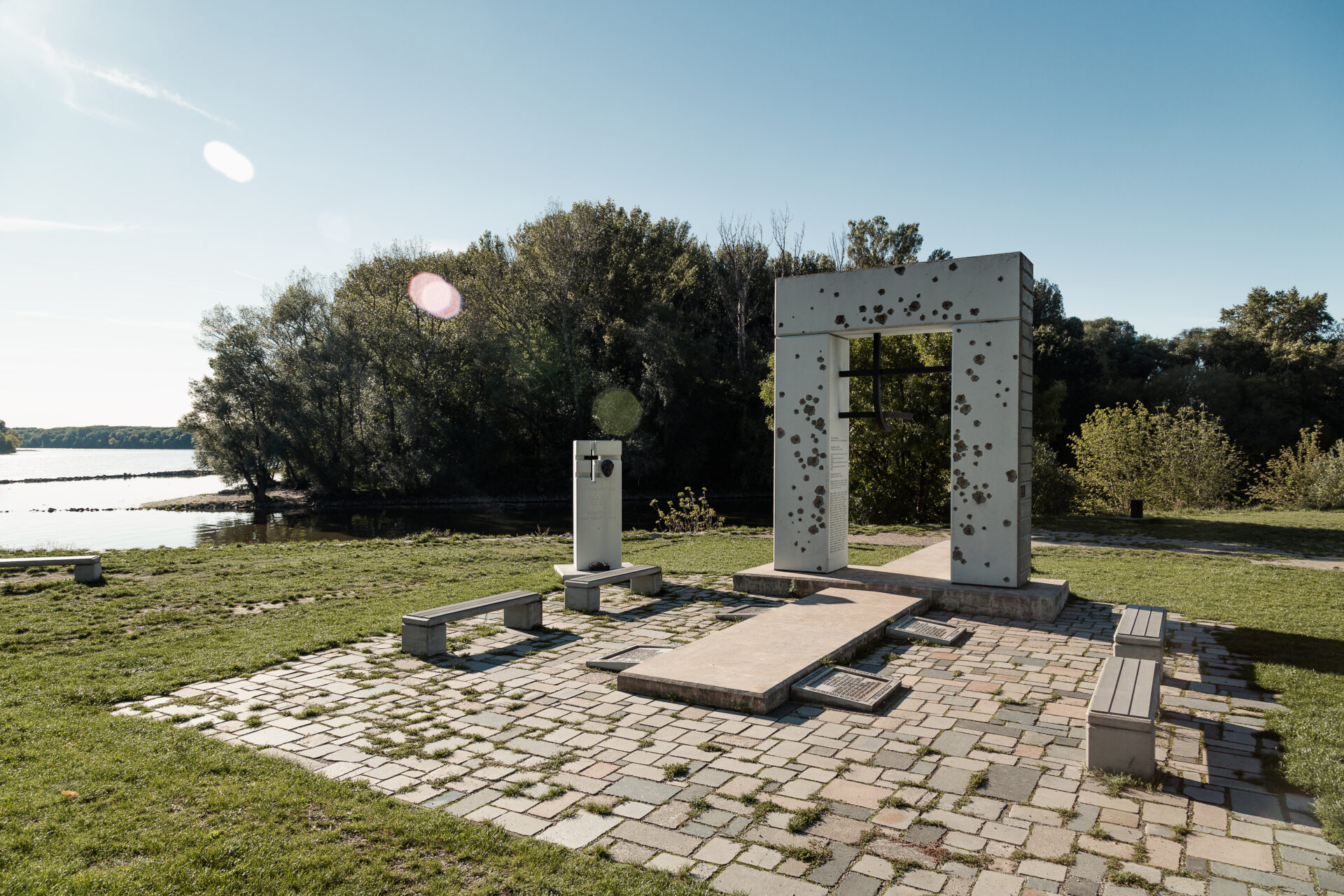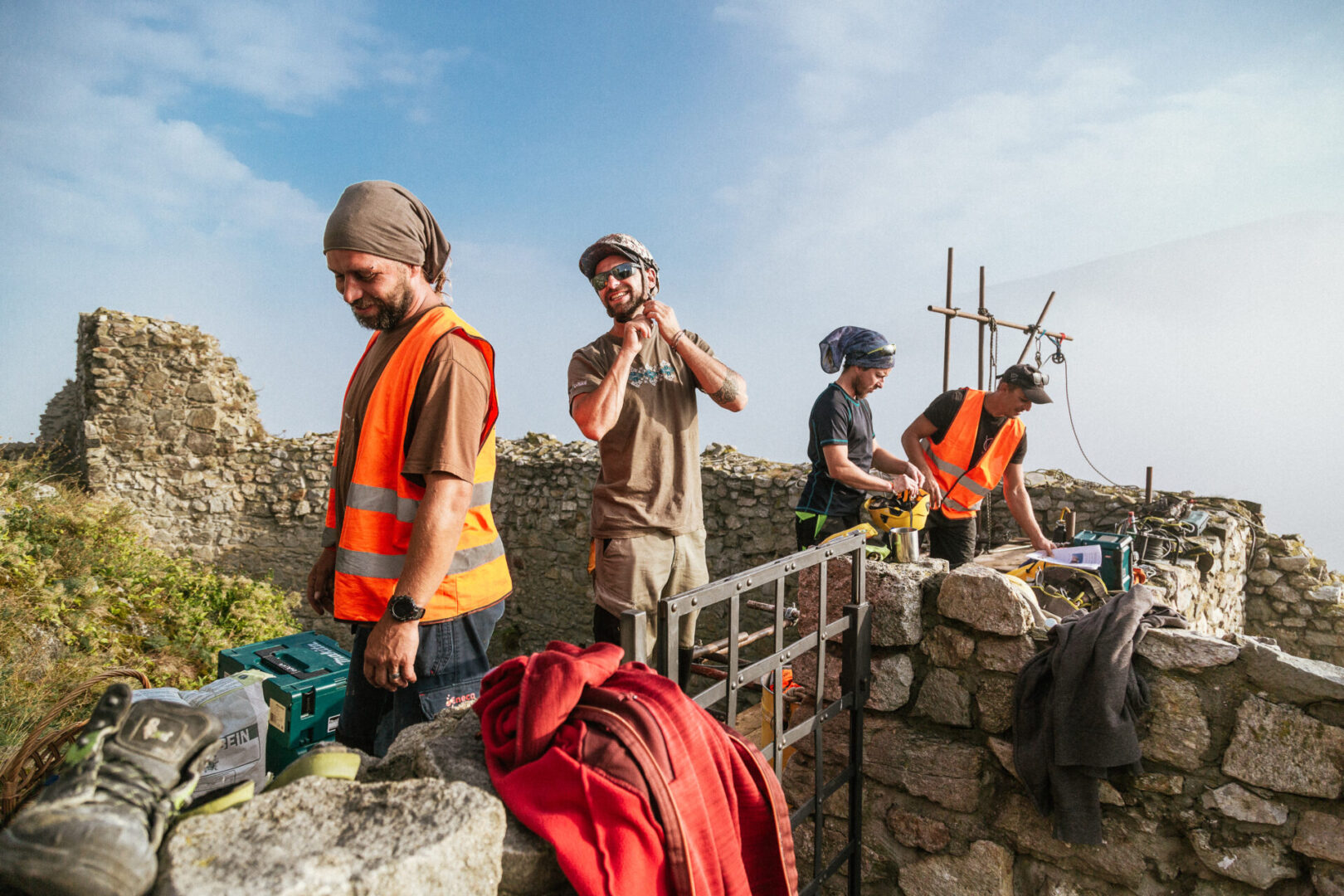History

Historical Heritage
Devín is the place where both mammoths and prehistoric men were walking after the end of the Ice Age. They settled down at the intersection of the roads, dealt with agriculture and later with trade. There was a ford through the Danube River both on the Amber and Danube roads.
German tribes were moving under Devín after the fall of Rome followed by Slavs. It is very probable that Devín was the Dowina forthill, a prince seat of Rastislav who had welcomed Constantine and Methodius here. Devín also draws the attention of Austrian historiography looking for the capital of the Kingdom of Noricum – the city of Carnuntum.




Visit us
today!
Schedule a trip to one of the most important national cultural heritages in Slovakia. Apart from historical or natural assets, the Devín Castle also offers the exposition with precious archaeological findings or events for the whole family. Get familiar with the castle and its close neighbourhood which has a lot going for it.
